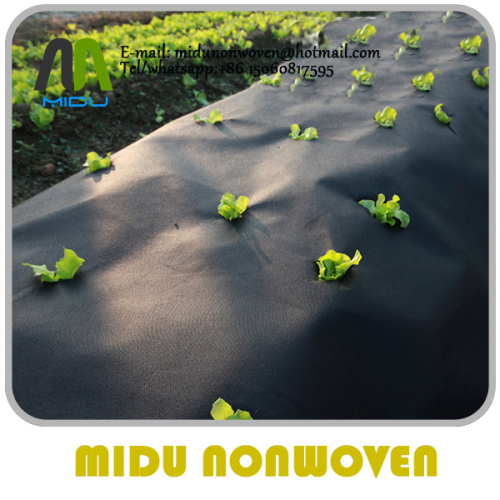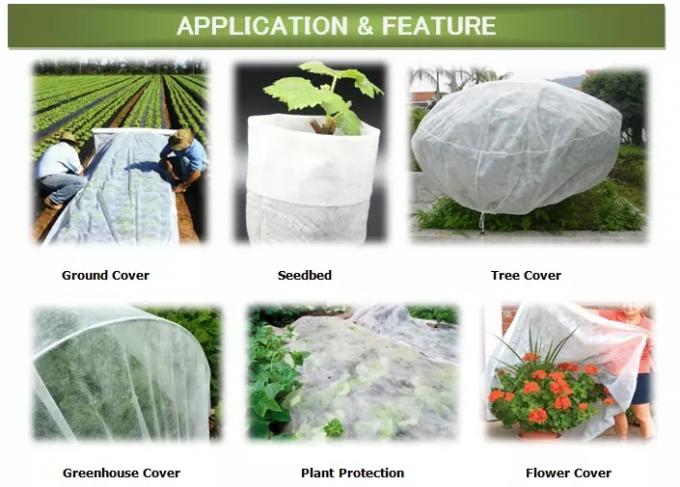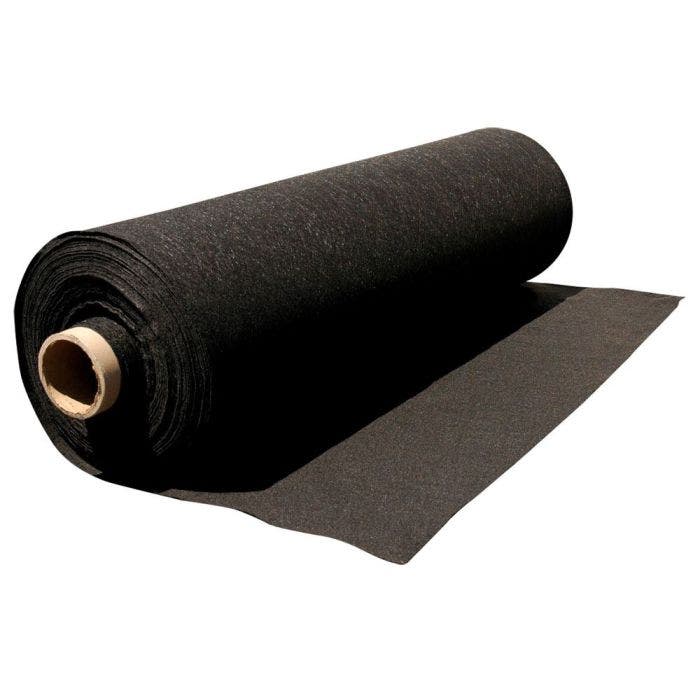
Non-Woven Industry Development. Nonwoven fabrics are a product that came out from the plastics and petrochemical industries after the introduction of film. It is lighter than plastic cloth and provides better airflow. It is often used in sanitary and medical products such as facial towels, filtering, sanitary napkins etc. Then, it was developed and then applied to engineering. Non-woven fabric is used to shield vegetables from cold damage. While non-woven fabric production is more complex than plastic film, the ingredients are basically the same. This is the case with polyvinyl chloride (PVC) (polyethylene), PE (polyethylene), EVA copolymer (Ethylene Vinyl Acetate), PVA/polyvinyl Alcohol, and more. By melting plastic and inflating the resultant thin film traditional plastic film can be created. It is continuous. It can be stretched for a long time. The film is smooth and has no pores. It is an impermeable material that prevents the movement and exchange any molecules. Due to the rapid growth of the textile industry synthetic chemical fibers made of the above-mentioned raw materials replaced many natural plant fibers, and were the hottest item in the industry of textiles. These chemical fibers can still be transformed into cloth by traditional weaving methods like warp and weave. In contrast to traditional warp and weft methods, non-woven materials are formed by interweaving fibers from multiple directions. It has better properties for the material and is less difficult to make than traditional weaving materials. It's cheaper than traditional weaving that involves weaving yarn into fibers and weaving. The fashion industry has been using non-woven materials in large numbers in recent times. The advancement of technology for production and the advancement of material science has made non-woven fabrics more versatile and widely used over recent years. The various materials and products made are evident throughout our lives. Due to their lightweight and easy production, non-woven textiles have gained the popularity of farming. See this non woven weed control fabric for recommendations.

Applications of Non-Woven Fabrics in the Agricultural IndustriesNon-woven textiles were first applied to agriculture in Europe in 1978 to keep carrots warm for early harvesting and to guard against tomato leaf virus and whiteflies. Non-woven fabrics can be employed to mulch tomatoes, sweet peppers, and sweet potatoes as well as root vegetables, carrots, and carrots. They also aid in the development of other vegetables, such as cabbage, lettuce, lettuce, and radishes. It is mostly employed for heat preservation, promoting early harvesting, as well as for pest control. Non-woven fabrics are typically employed as covers for surfaces for grass-proof mats. In order to ensure that roots fully absorb water, short fibers can be used to create blankets that are water-absorbing. They can also be used as the ground medium used in turf production. They can also be used as planting bags for large woody plants, such as fruit trees and garden trees to prevent weeds from growing and also for retaining moisture. In Taiwan as well as the previously mentioned purposes, non-woven fabrics are employed in crop covering. They are also widely used for environmental control in large greenhouses to save energy. Double-layered covers and canopy curtains help reduce heat loss and radiation at night. High-density spunbonded non-woven TAVIK fabrics were utilized in the beginning to protect and shade cauliflower bulbs. The low thermal conductivity, great shading capability and ease of recycleability soon made it popular with farmers. Then, it was used for the preservation of heat and insect-proof cultivation of leaf vegetables, as well as to the preservation of heat and shade and cultivation of fruit trees and pineapples. The growth of non-woven industries is slow because of Taiwan's unique ecology and climate. Taiwan non-woven fabric manufacturers continue to innovate non-woven technology and focus on the air permeability, water absorption, as well as water repellency in non-woven fabrics. It is utilized to store and preserve agricultural product. Follow this agriculture non woven fabric for more information.
